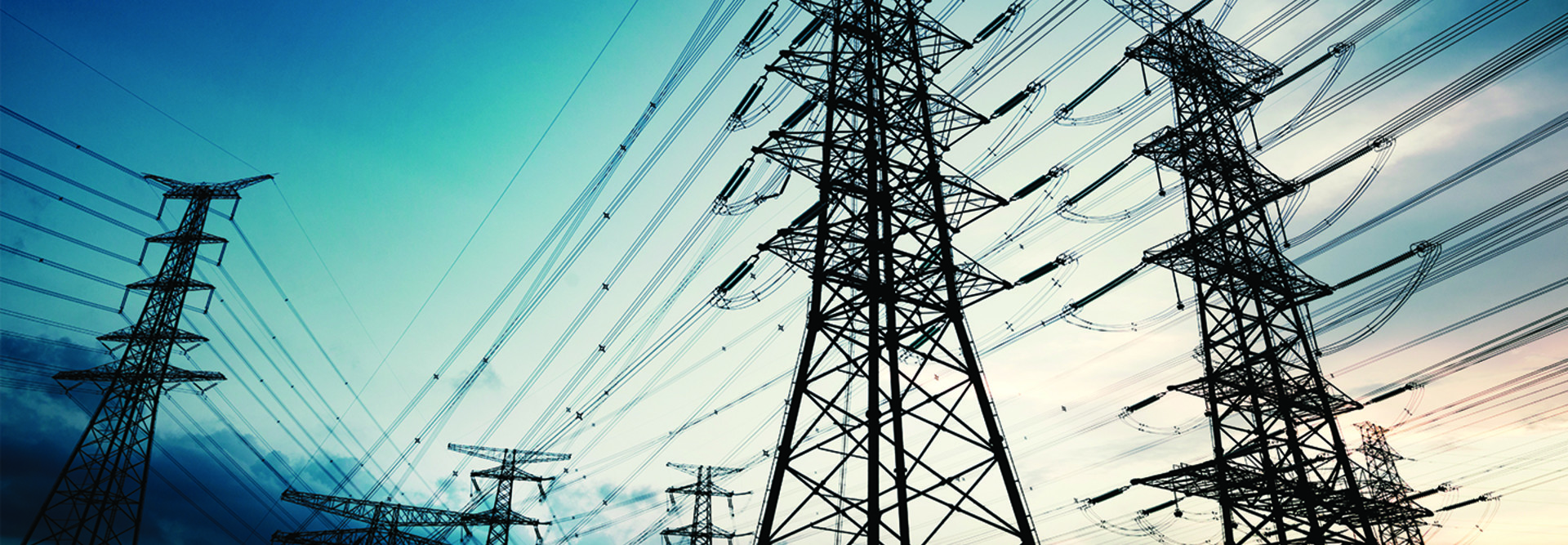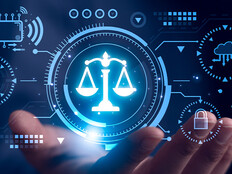“We’re going from that to one that has small wind farms and small solar farms,” he says. “There’s not a central location; it’s spread all over. You have to control that. You have to manage that. You have to balance every second how many megawatts people are using versus how many they’re generating.”
Bergés says unlike other infrastructure systems supporting modern life, the grid requires a real-time coordinated balance between supply and demand. The addition of renewable energy sources, which can have a more varied production than traditional sources, has made that balance more difficult to maintain.
Information and communication technology can help, he says, both in predicting the availability of power sources and in figuring out how to control demand. This could be a key step in scaling renewable energy.
Digital Twins, Artificial Intelligence and Machine Learning
Digital twins, a virtual replication of a physical system, can help solve the supply and demand ambiguity by better preparing industry professionals for a variety of scenarios that could affect the grid.
“It’s a godsend,” says Sheila Hollis, acting executive director of the United States Energy Association.
Adding artificial intelligence to the digital twin makes it possible to test drive complex systems and predict where things could go wrong. This type of planning is increasingly important with today’s electrical grid, where nature is more unpredictable and cyberattacks are commonplace.
MORE ENERGY SECURITY: Why IAM is key for the industry.
“The more you can see it in advance and run the scenarios of what might happen, and then to have it in this digital world as you’re seeing what’s going on in the physical world, is critical,” Hollis says. “I see it as an extraordinary leap and further sophistication of how you respond in difficult times, but also how you plan operations and maintenance in advance.”
Take a transmission network, for example. Having a digital version that can mimic the real one allows engineers to test actions in a cheaper, less consequential way, Bergés explains.
Technology Can Make the Grid More Resilient
This technology can make the grid more efficient, says Bergés. Moving forward, he sees AI and machine learning being used to understand and predict demand, then “make adjustments to the demand that are beneficial to consumers and the grid at the same time.”
Power companies across the country have been employing these tactics through incentive programs such as Smart Savers Texas or SmartAC in California. Customers are given incentives to use energy-efficient thermostats that electric companies can control when needed.
Bergés’ own work at Carnegie Mellon involves a project using AI to enable automatic control of HVAC systems in a way that is more efficient for the grid but still keeps people comfortable.
“There should be ways to get more intelligent the end use and the customer side,” says Bergés. “If you let these customers just do whatever they want whenever something is happening, we’ll need to play catch up, and that’s what makes the grid brittle.”
Using AI and machine learning to boost resiliency is an extension of what the industry has been working toward for a long time. And in the future, these efforts will become second nature, Hollis says.
“The ability to get ahead of the curve where we used to be reactive to the curve — instead of sliding into the wall, you can steer yourself away from the wall,” she says. “I think that’s the key and why it’s so critical.”











